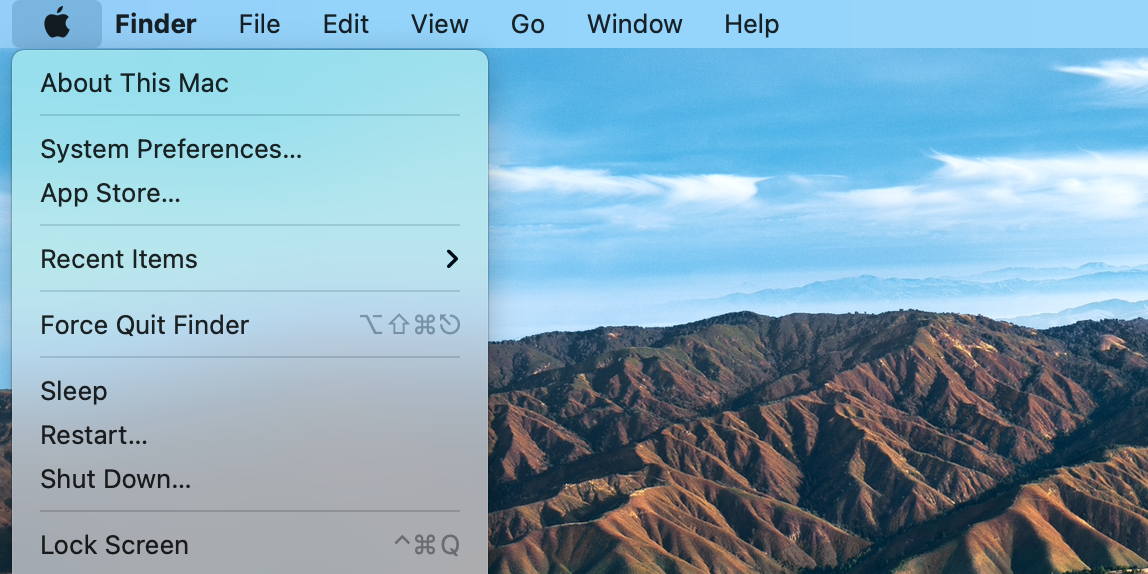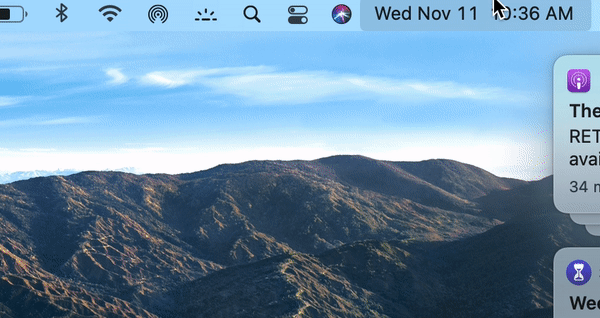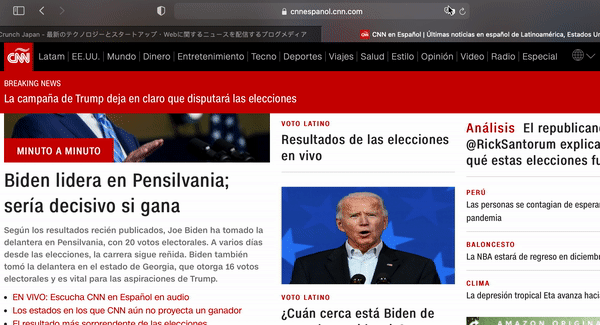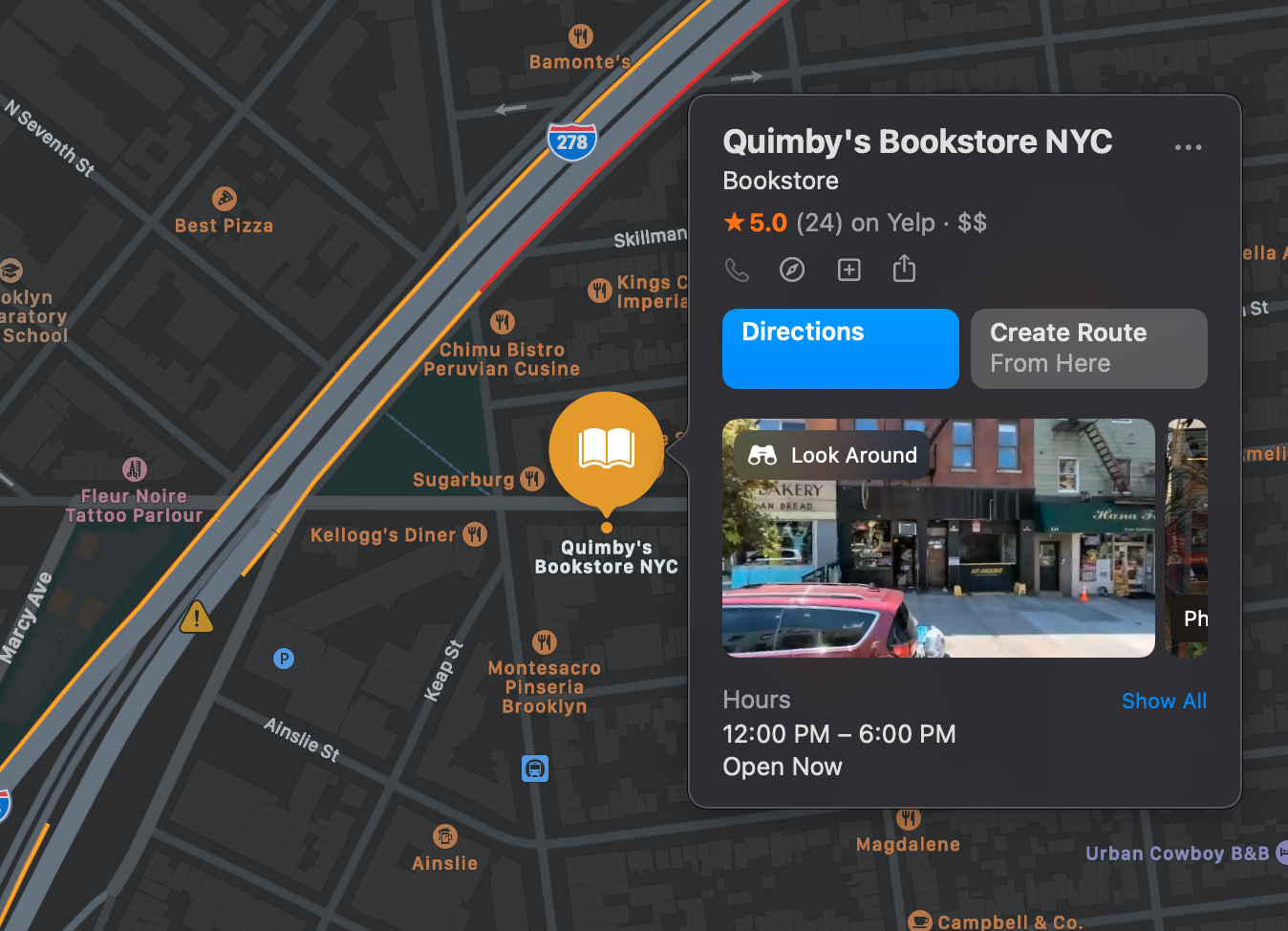A lot of the focus in online education — and, let’s face it, education overall — has been about professional development for knowledge workers, education for K-12 and how best to deliver cost-effective, engaging higher learning to those in college and beyond. But in what might be a sign of the times, today a startup that’s focused on e-learning and the subsequent job market for a completely different end of the spectrum — home services — is announcing some funding to continue building out its business in earnest.
Nana, which runs a free academy to teach people how to fix appliances, and then gives students the option of becoming a part of its own marketplace to connect them to people needing repairs — has picked up $6 million.
The seed round is being led by Shripriya Mahesh of Spero Ventures, and Next Play Ventures (ex-LinkedIn CEO Jeff Weiner’s new fund), Lachy Groom, Scott Belsky, Geoff Donaker of Burst Capital, and Michael Staton of Learn Capital are among those also participating.
Nana has now raised $10.7 million, with past backers including Alpha Bridge Ventures, Bob Lee, and the Uber Syndicate, an investment vehicle to back Uber alums in new ventures. Founder and CEO David Zamir is not actually an Uber alum, but one of his first employees, VP of Engineering Oliver Nicholas, is an early Uber engineer, and the company has also found a lot of traction of Uber drivers this year, after many found themselves out of work after the chilling effect that the pandemic had on ridesharing.
Nana — full name Nana Technologies (and not to be confused with Nana Technology, tech built for older adults) — is partly a labor/future of work play, partly an educational play, partly a tech/IoT play, and partly an ecological play, in the eyes of Zamir, who himself trained as an appliance repairperson, running his own successful business in the Bay Area before pivoting it into a training platform and marketplace.
“There are 5.9 million tons of municipal solid waste [which includes lots of electronics like washing machines, blenders and everything in between] in the U.S.,” he said in an interview, “and only 50% of that is capable of getting recycled. We’re in a vicious cycle with appliances, and it’s partly because there aren’t enough people with the knowledge to repair them. But what if you had the liquidity to do that? We’re talking about creating jobs, but also saving the environment.”
Nana’s proposition starts with free lessons to fix a range of appliances — currently, dishwashers, refrigerators, ovens, stoves, washers and dryers — and their typical breakdown/poor performance issues to anyone who wants to know how to repair them. These classes are available to anyone — an individual simply interested in learning how to fix a machine, but more likely someone looking to pick up a skill and then use it to make some money.
Once you take and pass a course — currently remote — you have the option (but not requirement) to register on Nana’s platform to become a repair person who picks up jobs through it to get jobs fixing that particular issue. Nana already has partnerships with major appliance and warranty companies including GE, Miele, Samsung, Assurant, Cinch and First American Home Warranty, so this is how it gets most of its work in, but it also accepts direct requests from consumers for repair of dishwashers, refrigerators, ovens, stoves, washers and dryers.
Over time, Zamir said, the plan is not just to take in jobs and send out technicians to fix things in an Uber-style dispatch service — but to expand it to fit the kinds of next-generation appliances that are being built today, with IoT diagnostic monitoring and helping also to integrate these appliances into connected homes. It also seems to be slowly expanding into other home services too, alongside appliance repair (which remains its main business).
Nana has to date registered hundreds of technicians in 12 markets across the U.S. and said it expects to expand to 20 markets by the end of 2021.
Nana has an unlikely founder story that speaks to how so much of the tech world is still about hustle and finding opportunities in the margins.
Founder and CEO David Zamir hails from Israel, but unlike many of the transplants you may come across from there to the Bay Area tech world, he’s not a tech guy by education, training or work experience. He used to run clothing stores in Tel Aviv and vaguely liked the idea of being involved in a tech business at some point — Israel loves to call itself “startup nation” and so that bug is bound to bite even those who don’t study computer science or engineering — but he didn’t know what to do or where to begin.
“The clothing business didn’t make much money,” he said. So after a period Zamir and his American wife decided to move to the U.S. and try their luck there.
While initially based on the east coast near her family and wondering about what kind of job to pursue, Zamir spoke with a friend of his in Toronto who was an working as an independent tradesperson fixing appliances, and the friend suggested this as an option, at least for a while.
“So I hopped on an airplane to shadow my friend,” he recalled. “The lightbulb went off. I thought, I should do this in San Francisco,” where he had been wanting to move to crack in to the tech world, somehow. “I thought that I’d start with fixing appliances while I figured out how to find my way into tech.”
That turned into more than a temporary income stopgap, of course. After finding that his business taking off, Zamir saw that technology would be the avenue to growing it.
He was helped in part to build the idea and the business through his grit. Josh Elman, the famous tech investor, complained about a broken dryer back in April, and asked the Twitter hive mind whether he should get a new one or go through the pain of fixing it. Someone flagged the question to Zamir, who reached out and connected Elman with one of Nana’s online teaching technicians. Twelve hours later, Elman’s drier was diagnosed (by Elman), on its way to getting fixed, and Elman signed on as an advisor to the company.
Move fast and fix things
The world of tech is all about building new things and solving problems, with “breaking” being more synonymous with disruption (=”good”) and fearlessness (see: Facebook’s old mantra to its early employees to move fast and break things). But behind that, there is an interesting disconnect between the tech version of “broken” and objects that are actually “broken” in the real world.
Many of us these days find using apps and other digital interfaces second-nature, but most of us would have no idea how to repair or work with much more basic electronic systems. And nor do most of us want to. More often than not, we give up on it, decide it’s not worth fixing, and click on Amazon et al. to get a new shiny object.
Looked at on a wider scale, this is actually a big problem.
Electronics can be recycled, but in reality only about half the materials can be usefully reused. Meanwhile, Nana estimates that the appliance repair market is a $4 billion opportunity, with some 80 million appliances in need to being serviced annually in the US. But currently there are only some 31,000 trained technicians in the market. Nana estimates that to meet the demand of growing numbers, an additional 28,000 new technicians will be needed by 2025.
At the same time, the move to automation in many skilled labor jobs is putting people out of work: research from the Brookings Institution estimates that some 30 million people will lose their jobs in coming years because of it.
The idea here is that a platform like Nana can help some of those people retrain to fill the gap for appliance technicians, while at the same time extending the life of people’s appliances in a less painful way — putting less stuff into landfill — while at the same time expanding knowledge for anyone who cares for it.
Zamir said that Nana was named after his mother, who raised David as a single parent after his father passed away, a reference to working hard and being practical.
That sentimentality seems to motivate him in a bigger way, too: Zamir himself is a guy with a lot of heart and emotion vested into the concept of his startup. When I told him an anecdote of how our dishwasher broke down earlier this year and both a customer service rep from the maker (Siemens) and a separate repair person advised me to replace it, he got visibly agitated over our video call, as if the subject was something political or significantly more graver than a story about a dishwasher.
“I am not a supporter of what they told you,” he said in an angry voice. “It’s really upsetting me.” (I calmed him down a little, I think, when I told him that myself I uninstalled the broken dishwasher and installed the new one myself, because Covid.)
Zamir said that there are no plans to charge for its academy courses, nor to tie people into signing up with Nana to work once they take the courses. The fact that it provides a lot of inbound jobs attracts enough turnover — between 40% and 60% of those taking courses stay on to work when they took in-person classes, and for now the online figures are between 15% and 35%.
“It’s still early days,” he said, “but we’re finding the take up impressive… Most want to participate in the marketplace.” He says that there are other call-out services where they could register but the tech that Nana has built makes its system more efficient, and that means better returns.
All of this has played well with those who have become Nana’s investors. People like Jeff Weiner — who in his time as CEO of LinkedIn led the company to acquire Lynda as part of a bigger emphasis on the importance of skills training and education — see the opportunity and need to provide an equivalent platform not just for knowledge workers but those who have more manual jobs, too.
“We are excited by Nana’s vision of providing training, access and opportunity for rewarding, satisfying work while also filling a critical gap in our economy,” said Shripriya Mahesh of Spero Ventures, in a statement. “Nana has created a new, scalable approach to giving people the agency, tools and support systems they need to build new skills and pursue fulfilling work opportunities.”
The round was oversubscribed in the end, and Nana shouldn’t find it too hard to raise again if it sticks to its plan and the market continues to grow as it has. That does not seem to be the motivation for Zamir, though.
“We just think it’s super important to build Nana for the people,” he said.














